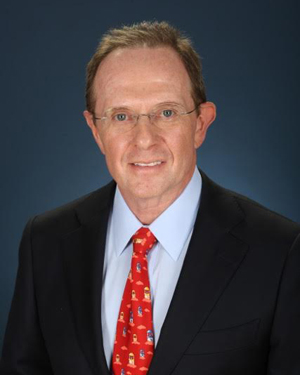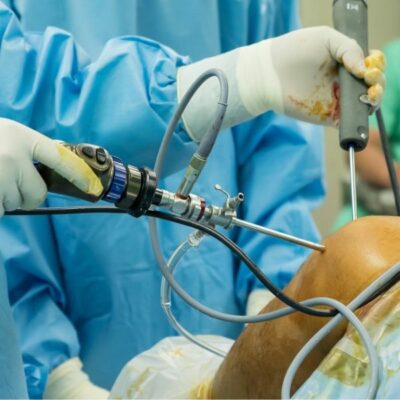Latarjet Surgeon

Are you an athlete who participates in contact sports? If so, you may be at risk of developing anterior shoulder instability. Patients who have frequent shoulder dislocations can develop loss of stability and may be ideal candidates for Latarjet surgery. Latarjet surgeon, Dr. James Mazzara provides diagnosis and both surgical and nonsurgical treatment options for patients in Manchester, South Windsor, Enfield, Glastonbury and surrounding Hartford communities who have developed recurrent anterior shoulder instability. Contact Dr. Mazzara’s team today!
What is an Open Latarjet Procedure?
The Latarjet procedure, also called the Latarjet-Bristow procedure is named after the French surgeon who first described the procedure in 1954. Latarjet procedure is used to treat recurrent shoulder dislocations, typically caused by bone loss, or a fracture of the glenoid. It is typically reserved for patients who experience anterior (to the front of the shoulder socket) bone loss during a dislocation.
These are dislocations that cannot be reduced (put back in place) or chronic shoulder instability with multiple recurrent dislocations. The Latarjet procedure, performed by Dr. James Mazzara, shoulder surgeon, is becoming the preferred method of treatment for patients in the Manchester, South Windsor, Enfield, Glastonbury and surrounding Hartford communities.
What happens during Open Latarjet surgery?
“Open” surgery simply means Dr. Mazzara will perform Latarjet with an incision on the shoulder, instead of using a smaller incision, a camera and small instruments. Open surgery gives Dr. Mazzara the advantage of seeing the entire area of the shoulder that he needs to repair and complete the surgery. Studies show patients who had the open Latarjet procedure had less recurrent instability and better Rowe (internationally recognized scoring system) scores over a 6-year period.
Typical Open Latarjet procedure includes the following:
- An incision is made in the front of the shoulder
- Dr. Mazzara will remove a piece of coracoid bone, which is part of the scapula or shoulder blade, next to the shoulder socket, or glenoid, with the conjoined tendon.
- The coracoid bone is moved to the front of the glenoid (socket.) This new piece of bone will be held in place with screws.
- This placement of the coracoid acts as a bone block which, combined with the transferred muscles acting as a strut, prevents further dislocation of the joint.
- The conjoined tendon also helps stabilize the shoulder by acting as a sling when the shoulder is abducted and externally rotated.
What happens after the Latarjet-Bristow Procedure?
Following open Latarjet procedure, the repaired arm will be placed in a sling or similar device for about 5-6 weeks to minimize movement and to protect the joint while it heals. Dr. Mazzara usually recommends the following for his patients:
- Apply ice to the incision site to help alleviate pain and swelling.
- Take prescribed pain medications during the healing process as directed by Dr. Mazzara.
- Keep the arm immobile, using the sling, even when sleeping.
- Patients will begin a specialized physical therapy program under the guidance of Dr. Mazzara and his orthopedic team. The physical therapy program typically consists of gentle passive range of motion exercises, followed by active range of motion and strengthening with a gradual return to full activities.
To learn more about open Latarjet procedure and bone grafting for shoulder stabilization, please contact Dr. James Mazzara, orthopedic shoulder surgeon in the Manchester, South Windsor, Enfield, Glastonbury and surrounding Hartford communities.
